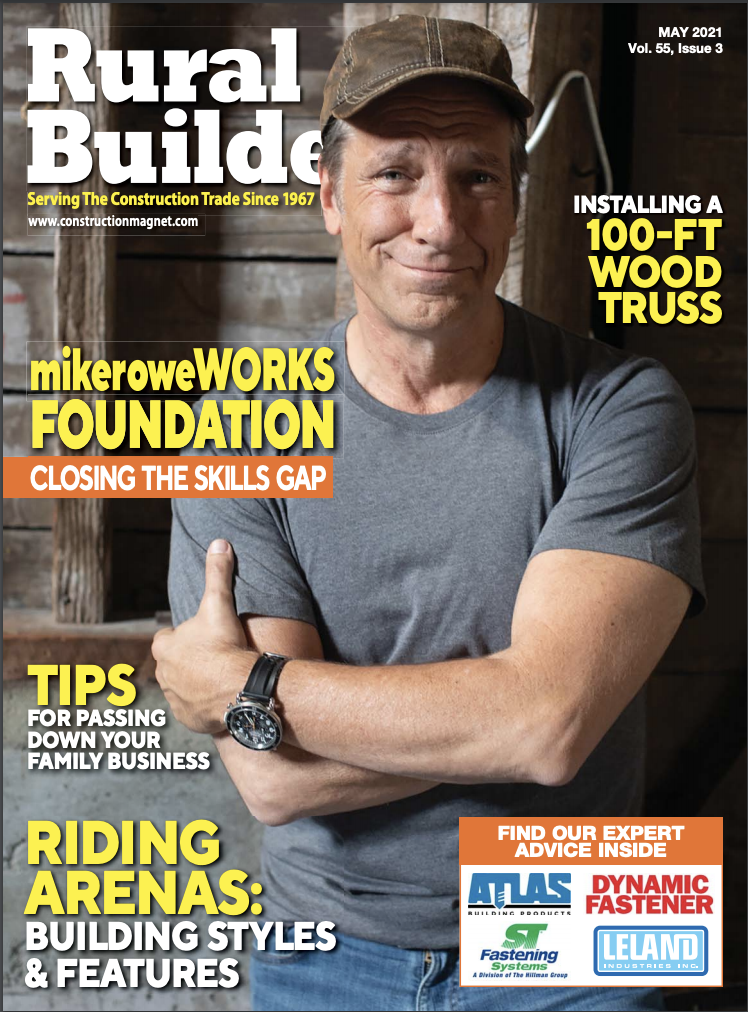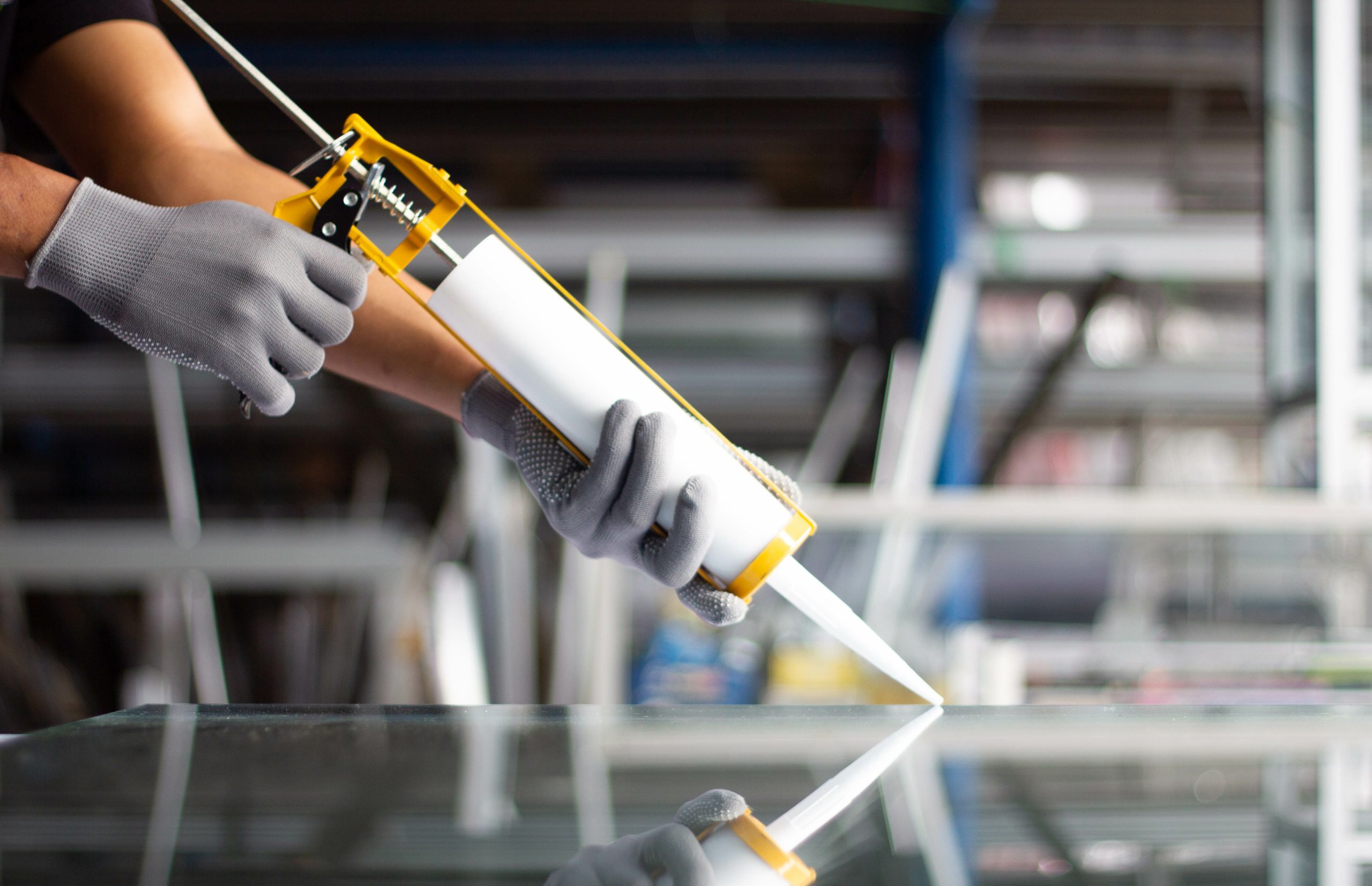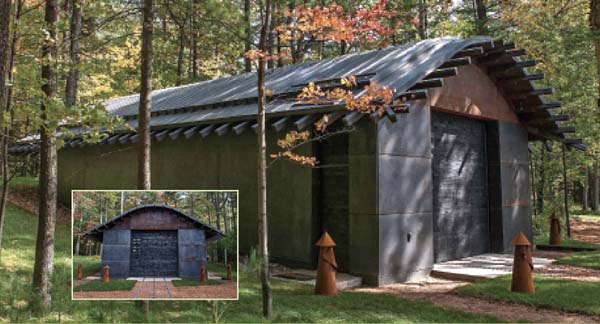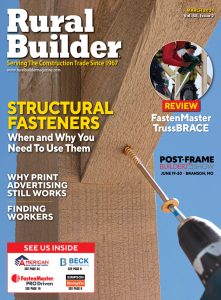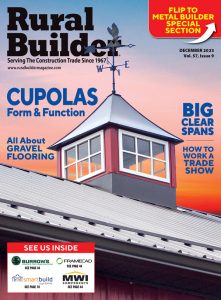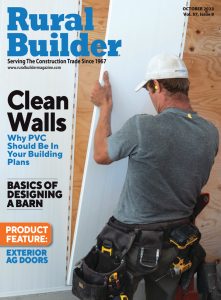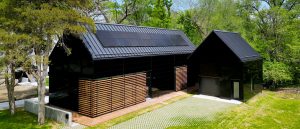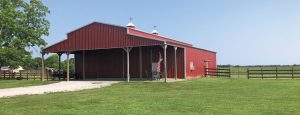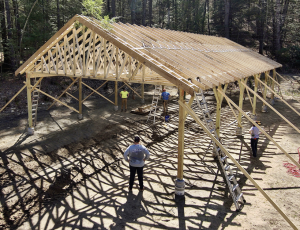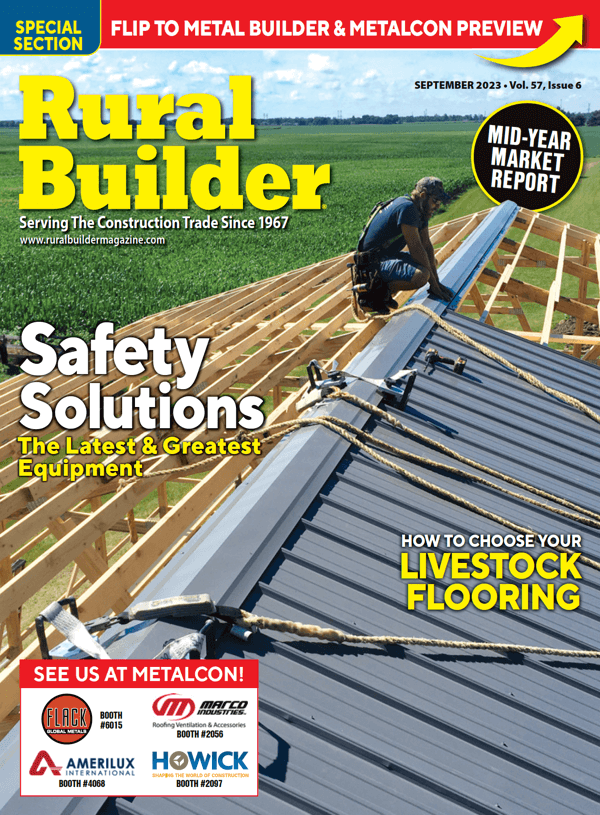By Brad Macoubrie, Novagard
Metal is a durable material. That’s why offering a 25-year warranty on a metal roof is a no-brainer. But while it’s easy for the metal panels to pull off this kind of longevity, it’s not always so easy for the sealant keeping them in place while providing an attractive, water-tight seal.
That’s where you need to apply some real thought. Here’s what to consider when choosing from the five types of sealants …
Water-based sealants
These include latex and acrylic sealants, which are great for general construction purposes requiring easy application and smooth tooling. But their formulation requires water, and what does water do? Right! It evaporates while curing. This evaporation will naturally cause the sealant to shrink. In fact, it can shrink up to 40% — to nearly half the size as when it was gunned out – which then leads to cracking.
Shrunken and cracked sealant does not add up to a long performance life, and you’re sure to get an earful about the shoddy appearance. (And if clouds are gathering during installation? Don’t even think about it! Latex and acrylics can wash away if it rains within forty-eight hours after application.)
Solvent-based sealants
Solvent-based sealants can offer more durability than water-based ones, though they will also encounter unwanted shrinkage and cracking due to evaporation while curing. Moreover, they are hard to work with, especially in cold weather—each drop in degree makes the mix stiffen that much more, leading to cramps in your straining trigger fingers.
Even harder is the clean-up, with sticky sealant ending up all over your hands.
Polyurethane sealants
These ultra-tough sealants certainly have their place, but it isn’t on a metal roof. As with a solvent-based sealant, a polyurethane one is hard to work with and stiffens in cold weather. Further, they do not adhere well to metal, and will pull away. So they require a primer, which adds an extra step and an extra expense.
Modified silicone sealants
These can provide added flexibility, for less shrinkage. Plus, they are paintable. Indeed, there are many fine modified silicones on the market. But though commonly referred to as a ‘silicone,’ just get down to the molecular level and you’ll see the backbone of this category of sealant is actually urethane … with silicone
‘caps’ on each end of the molecular chains. So, all scientific mumbo-jumbo aside, it’s really more of a ‘siliconized urethane’. It will still be susceptible to UV degradation and chalking.
Sunblock For Sealant
Apply a water-based, solvent-based, or modified-silicone to your metal roof … and you’d better put down the caulk gun and pick up a paint roller. Without a coat of paint, it will be like going without sunblock, although painting a metal panel may not be the best option either; please read the warranty. Without paint, these organic sealants are susceptible to UV light, which will break them down and cause cracking and chalking.
A Maintenance-Free Metal Roof
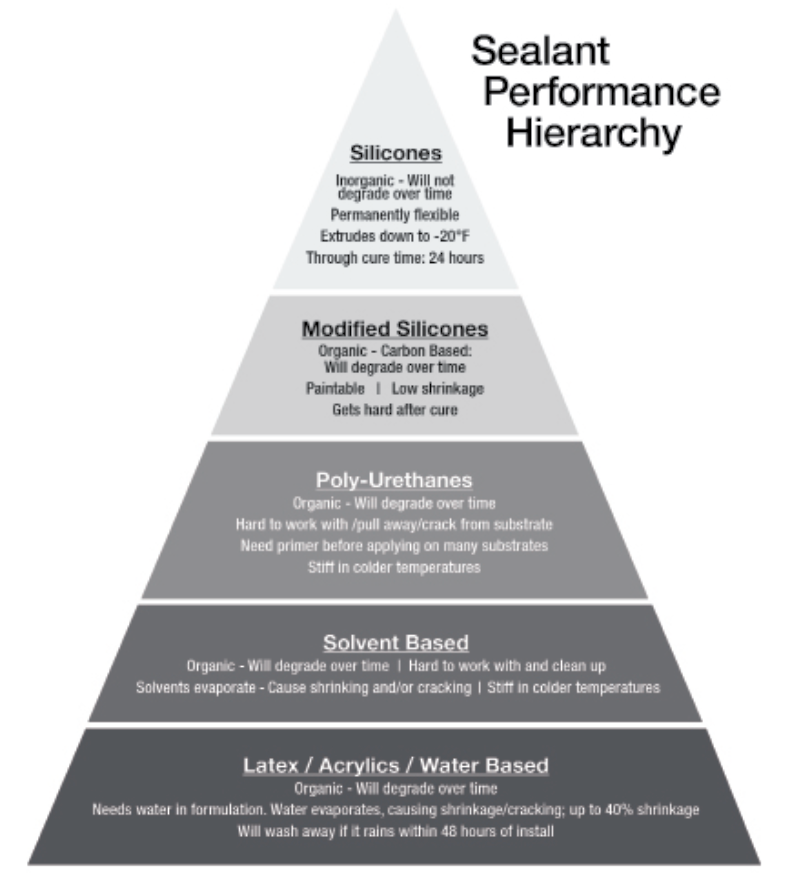
Silicone can offer the longevity and appearance you need to see your warranty through to the end – and even beyond.
“But,” you may be thinking, “silicone won’t stick, right?” Wrong. Silicone will adhere properly to metal if you pick the silicone with the right chemistry.
If you’re looking at an acetoxy silicone, you’re looking at a silicone made of a chemical that will lower PH levels. This creates an acetic acid while curing, which can lead to acid etching of paint, creating rust lines around beads … and even deter from adhering to certain metals.
Unsure if the silicone in your gun is made of acetoxy? Just take a whiff. If the silicone emits a vinegary smell, you have an acetoxy silicone which is not appropriate for use on metal.
Inorganic Oxime Silicone
This particular compound provides superior adhesion to metal. And the inorganic chemistry making up oxime silicone allows light rays to pass right through it, doing no damage. It simply won’t degrade. Some long-lasting oxime silicones can extrude down to -20°F. remaining permanently flexible without fading, chalking or cracking. There is one drawback: it’s not paintable. Look for translucent and color matching choices.
Brad Macoubrie is the Building Systems National Sales Manager at Novagard
(www.novagard.com)
